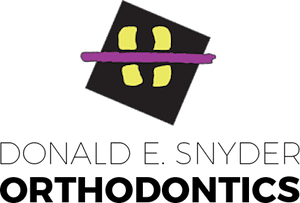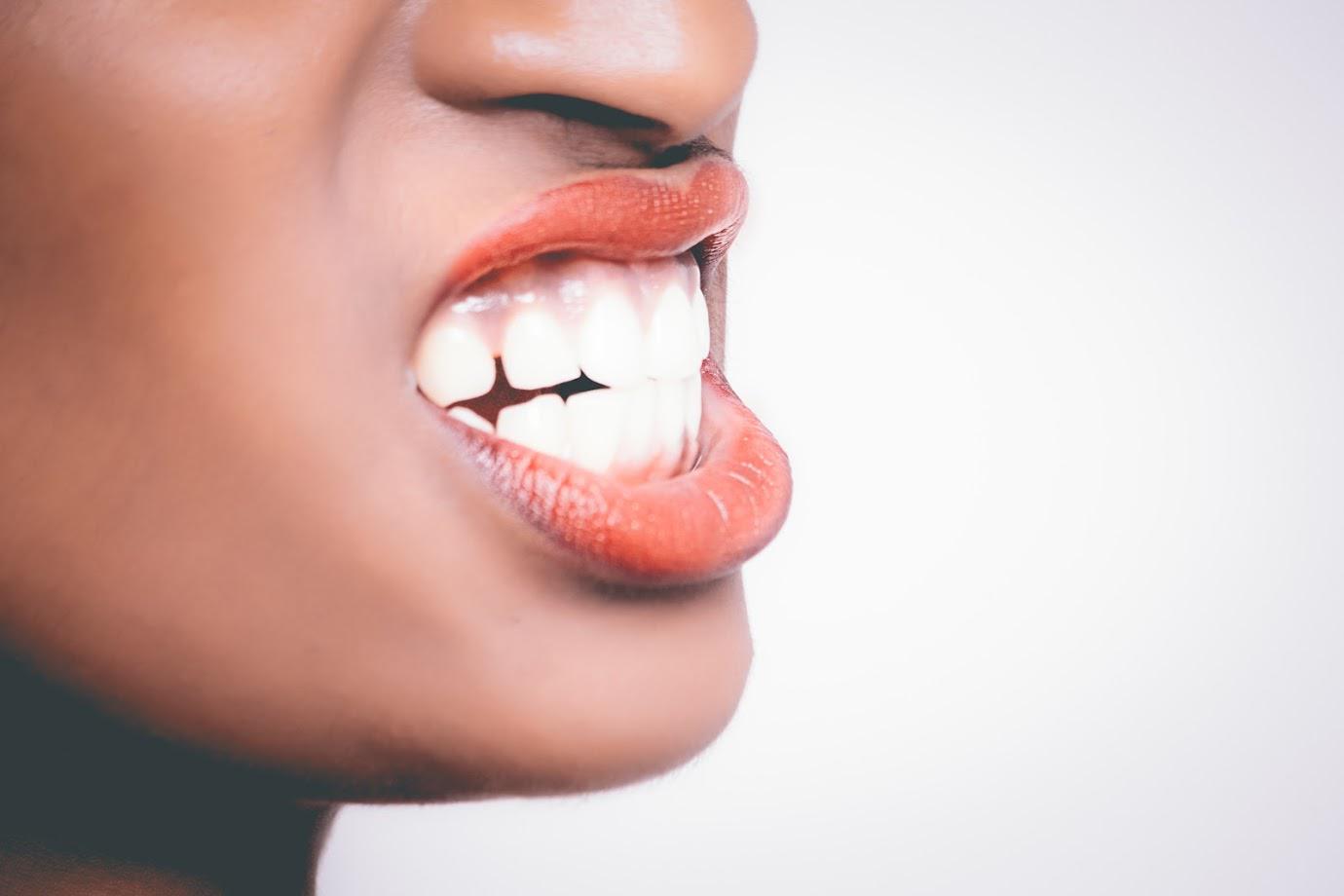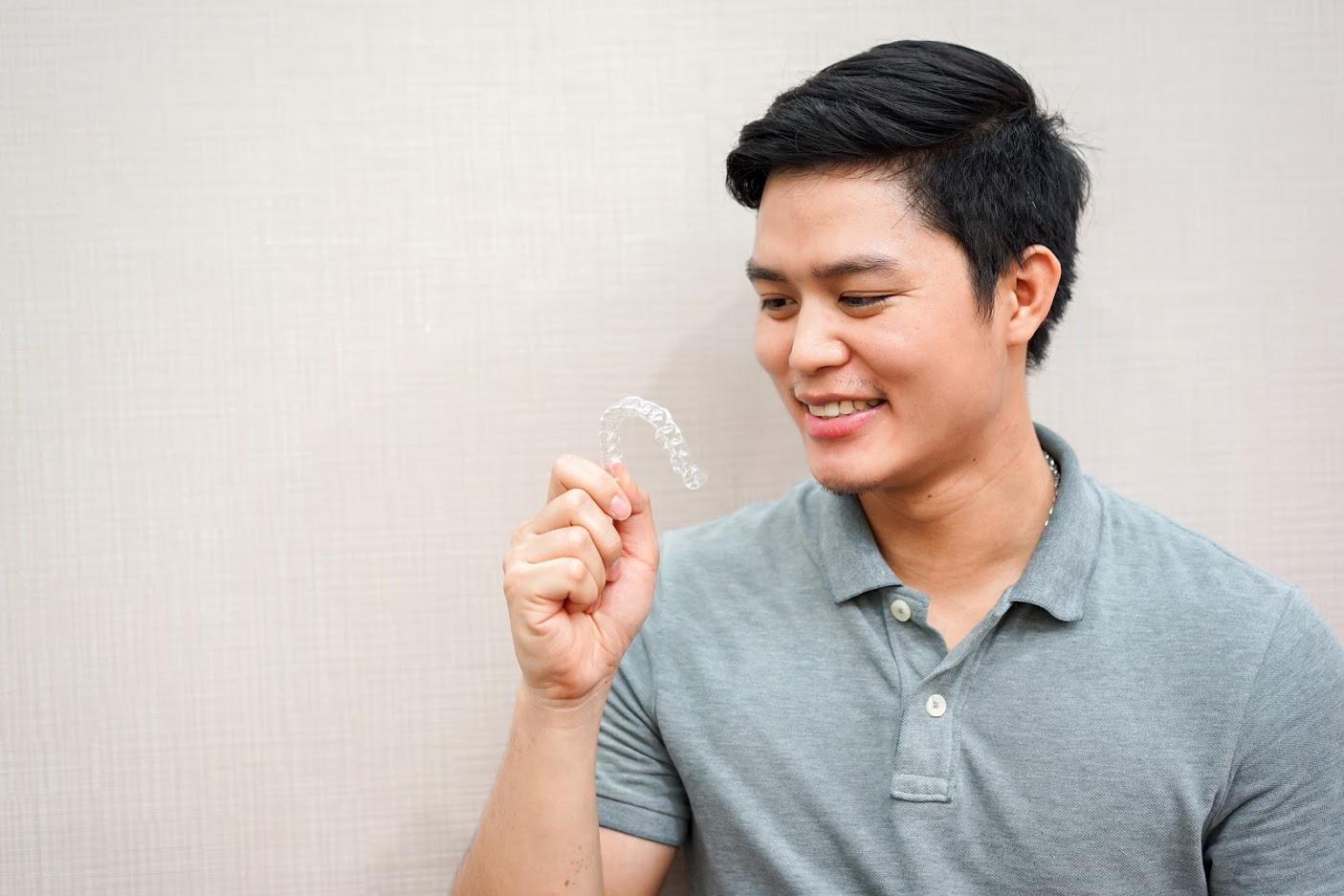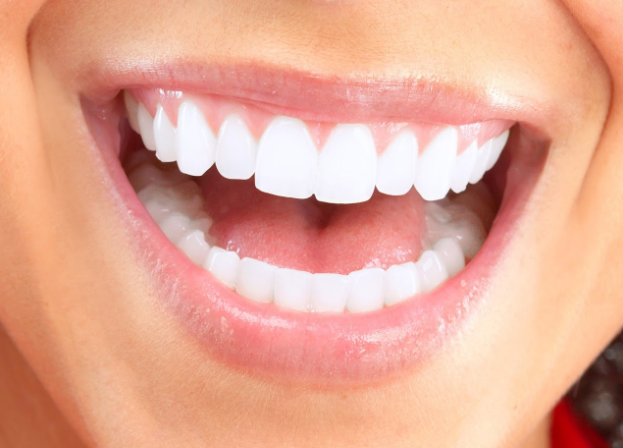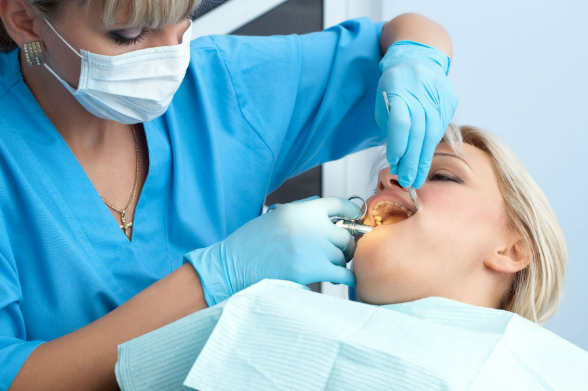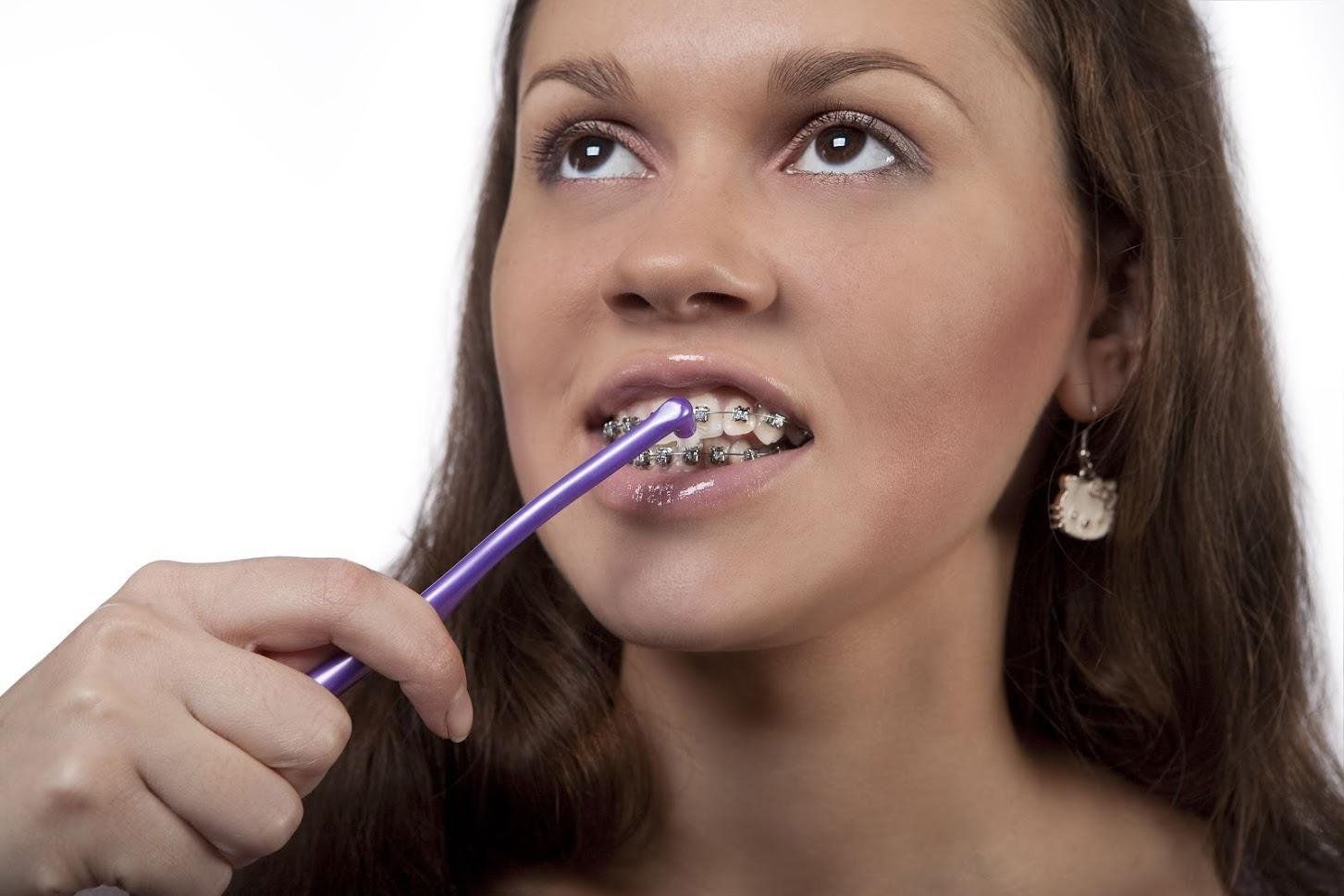The Risks and Complications of DIY Braces
- By Admin
- •
- 16 Jul, 2019

Braces are expensive, but having straight teeth is a desirable trait. This has led to a lot of people trying to straighten their teeth at home. These DIY braces may seem like an affordable choice, but they can be extremely dangerous and cause long-term problems.
DIY braces are commonly created with small elastic rubber bands or hair bands, but some teens use small items like paperclips to move the teeth. If you are considering DIY braces, check out these risks and complications so you can rethink your decision.
Root Resorption
Root resorption happens when your roots start to dissolve. Without roots, your teeth drastically lose stability, so they can easily fall out, especially when eating or grinding your teeth. Root resorption is a real threat with any braces, but a skilled and trained orthodontist should know the needed amount of force to properly and safely move teeth.
However, if you try to DIY your braces, you aren't going to have the knowledge or experience to know how much force is required to move the teeth. You could easily irritate your teeth and ligaments too much, leading to root resorption. Too much force can actually rip the ligaments that hold your teeth in place.
When root resorption starts, it usually begins at the gum line and appears as pink stains. The pink is caused by certain cells that actually cause the resorption process. Root resorption can be treated but only if your dentist catches it early. Your dentist can remove the pink cells before they begin to spread and destroy the root. If they've already affected the pulp, however, you’ll need a root canal.
Damage to Gums and Enamel
Gum disease is another potential complication with DIY braces because of the irritation to your gums from the elastic bands or other "tools" you use to straighten your teeth. Repeatedly poking your teeth and gums with various items can cause the gums to bleed and eventually develop gingivitis.
If caught early, gingivitis is reversible, but if it advances to periodontist, expect painful, swollen gums and lots of tooth loss. Even if you don't get gum disease, the irritation to your gums can cause them to pull away, leading to pockets, which harbor cavity-causing bacteria.
If you use rubber bands, the bands can also get stuck below the gum line, causing irritation and letting bacteria to attack below the gum line.
Finally, depending on what type of item you are using, you can actually ruin your teeth. This is more common if you are using metal items like paperclips to move your teeth. The force and the sharpness of the metal can scratch off your enamel. Teeth with damaged enamel are more likely to experience discoloration and decay.
Infections
When your dentist or orthodontist treat your teeth, they use sterile equipment in a clean environment to prevent infections. Your home and the items you use to DIY your own braces aren't clean. In fact, they may be harboring many types of bacteria that should not be in your mouth.
If a dirty paperclip or rubber band cuts the gums, an abscess may form, which can cause pain, bad breath, and pus in the mouth. Because of the potential for damage to teeth and exposure of the tooth roots, you may also get a tooth infection, which will require extraction or a root canal treatment.
Infections can be expensive to fix, especially if you have an infected tooth that may need treatment or replacement. If left untreated, the infection can spread to other parts of your body.
The only way you want to straighten your teeth is with the help of a licensed orthodontist. Trying to move your teeth yourself at home leads to expensive complications and pain. If you would like to know more about why you shouldn't DIY your braces, or if you want to start talking about getting braces, contact us at Donald E. Snyder Orthodontics today.
